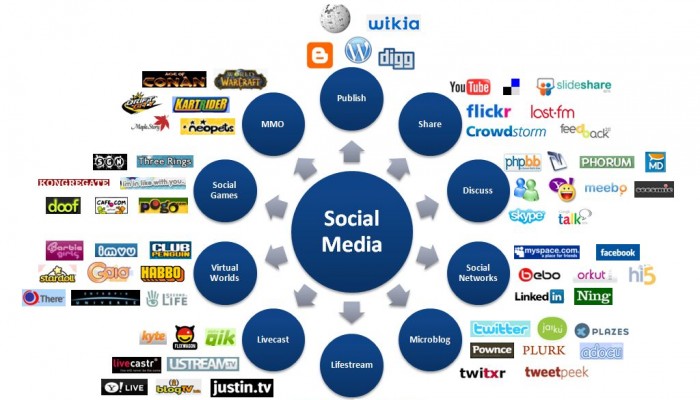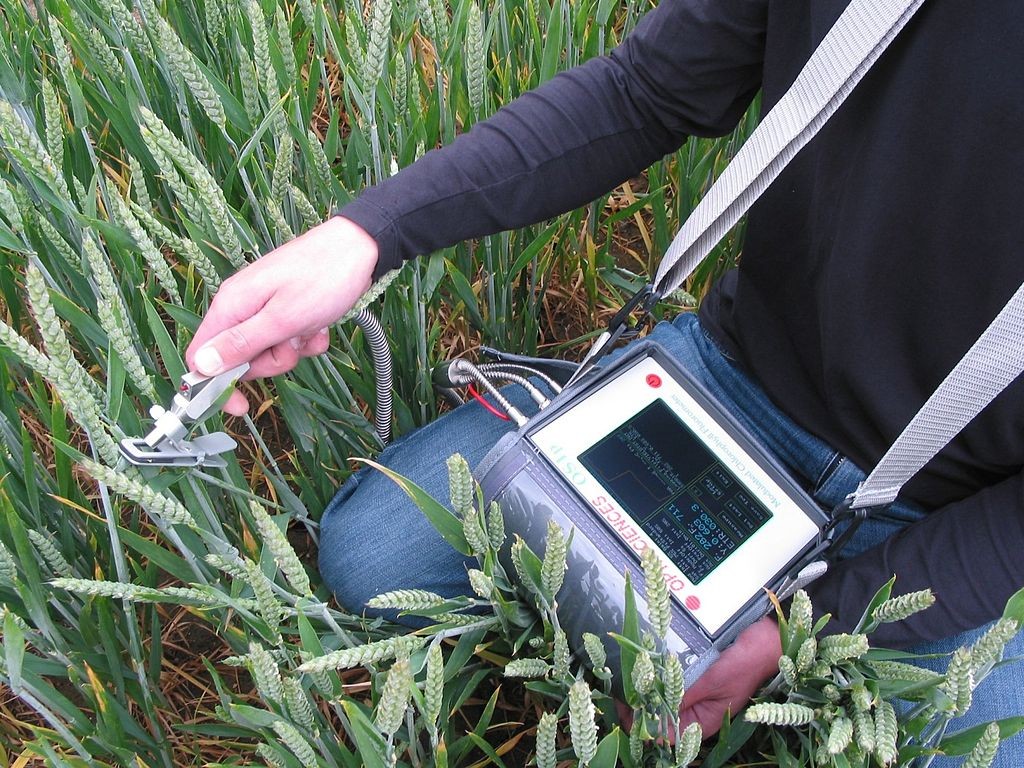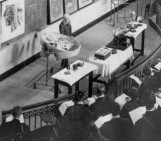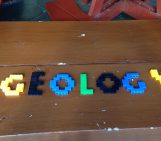
We all know that social media is an excellent way in which we can communicate our research (and indeed our rants, dreams, and favourite cat pictures) to the general public, but can we also use it to communicate our research in the classroom? From kindergarten to higher education, social media can be a fantastic learning tool, which can help to open up digital windows into the world of geosciences.
Social media is a rather large umbrella; for anyone doubting this, check out the wonderful A-Z of Social Media for Academia by Professor Andy Miah from the University of Salford. In utilising social media for your teaching practices, it is important that you choose the platform with which you feel the most comfortable, and which you feel will be of greatest benefit to both you and your students. For the rest of this article we are going to focus mainly on: Facebook, Twitter, Skype, and Periscope, but obviously many more platforms are available.
Creating a Facebook group for a specific class or topic can be an excellent way to promote learning and interactivity outside of the classroom. Wang et al. (2012) found that many of the fundamental functions of a learning management system could be easily implemented into a Facebook group, and that encouraging students to use Facebook as a learning tool presents the teacher with the flexibility to engage with students at times that are convenient for them. This in turn can lead to the students feeling more inclusive, and can help to foster a more collegial atmosphere, both amongst the students and between the students and the teacher (Marovich et al., 2010). If using Facebook in this manner, it is important that the students are aware and comfortable with the security settings that are being used. It is also an idea to give several of them administrative rights, as this promotes ownership, and helps the students to self-moderate, which will further encourage the students to learn together, away from their traditional learning environments.
Twitter is a fast, easy method for making announcements, solving student issues, and performing course-related administrative duties (Rinaldo et al., 2011). Using a Twitter Wall, such as Tweetchat, in combination with a designated hashtag can be a great way to promote discussions in class, and can help to encourage those students that would otherwise be too shy or awkward to ask questions. By using a hashtag, it is also possible for the teacher to return to any questions or issues that they may have missed during the session at a later date, and they can also help to inform the content and delivery to future sessions. Using hashtags also allows you curate the conversation using Storify or Curator for a later date, as outlined in this blog post. Twitter is also an excellent way to help teach students about how to network efficiently (Sacks and Graves, 2012), a vital skill in any future career path, and one that will stand them in good stead for the academic conferences of their futures. For those that are interested, this post by the UK Media-Enhanced Learning Special Interest Group (MELSIG) talks further about how social media can be used to promote interaction and inclusivity, and how it is being done across UK HE institutions.

Social media can help bring geosciences into the classroom. Credit: Steveadcuk (distributed via Wikimedia Commons).
Skype and Periscope are excellent platforms for bringing geoscience and geoscientists into the classroom. By setting up a Skype chat with a geoscientist in an exotic location, students can get a feel for what it is like to be a geoscientist in the field; they are also presented with the opportunity to chat to real geoscientists about what it is that they do, and why it is that they do it. This is also an extremely cost-effective (in terms of both time and money) method to communicate with geoscientists from across the globe. Periscope brings with it the opportunity for genuine two-way communication in a versatile and flexible manner. If you are a university lecturer then why not set up a live feed when you are out in the field, your students could then watch as you climb a volcano/identify rock types/ take chamber measurements of gases, whilst asking you questions that you can respond to in real time, effectively bringing them with you on your own personal learning experience. You could also encourage your students to do the same, allowing them to share their geoscientific wanderings with the rest of their class.
These are just some suggestions for how a number of social media platforms might be used to enhance the learning experience. The possibilities really are as limitless as your imagination. However, it is important to realise that social media, in all of its many guises is effectively just a set of (admittedly very cool) tools, and that without the required content and competency to complement these, all that is left is a set of ineffectual instruments and a very confused and or uninterested classroom.
By Sam Illingworth, Lecturer in Science Communication, Manchester Metropolitan University.
References
Marovich, M., Stanaityte, J. & Wankel, C.: Cutting-edge social media approaches to business education: teaching with LinkedIn, Facebook, Twitter, Second Life, and blogs, IAP, 2010.
Rinaldo, S. B., Tapp, S. & Laveriel, D. A.: Learning by tweeting: Using Twitter as a pedagogical tool. Journal of Marketing Education, 0273475311410852, 2011.
Sacks, M. A. & Graves, N.: How Many “Friends” Do You Need? Teaching Students How to Network Using Social Media. Business Communication Quarterly, 75, 80-88, 2012.
Wang, Q., Woo, H. L., Quek, C. L. et al:. Using the Facebook group as a learning management system: An exploratory study. British Journal of Educational Technology, 43, 428-438, 2012





Alex Paul
Great article Laura! Let’s tap into the incredible potential of social media to make learning in the classroom even more exciting! Whether it’s lively discussions on Facebook or live chats with geoscientists via Skype and Periscope, we can broaden our horizons and create meaningful connections beyond traditional boundaries. Let’s embrace these digital tools to foster collaboration and bring real-world experiences right into our learning environment.